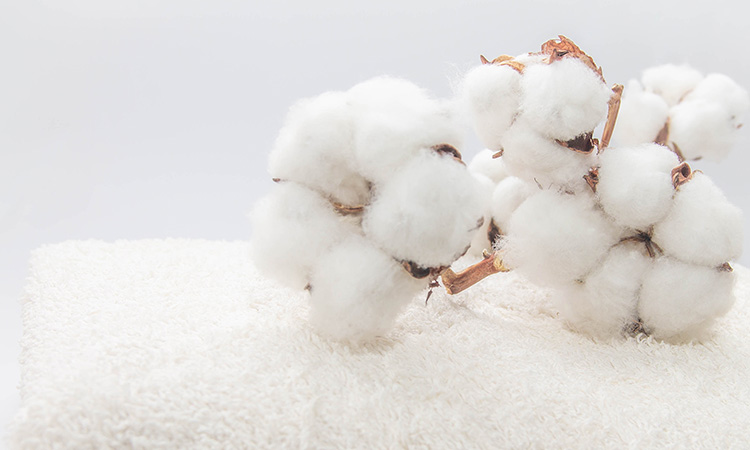At the moment, many are requesting long-staple cotton for sewing because the longer the cotton fiber, the stronger, softer, and more durable the fabric. Fabrics made of the long-staple cotton fray are less, pills, and even fade less than fabrics made with their short-staple or regular equivalents.
There are so many sewing threads available when it comes to sewing. It’s a combination of the raw materials, namely the cotton crop and the length of each staple as well as the techniques of processing the raw material into a cotton sewing thread.
Cotton is a natural fiber; the unit for quality measurement is classified by the length of the staple. We often hear the term long-staple cotton as per threads, towels, bedsheets, and clothing, but nothing like regular-staple cotton, even though the majority of cotton threads are made from regular staples.
Moreover, high-quality cotton sewing thread sets the standard for high-quality cotton sewing thread. Not only do many of the industry experts love it, but beginners of all craft projects also rely on it.
A 100% staple spun cotton thread twisted, gassed, mercerized, and finished for best sewing performance. It is best for applications where natural fiber is required and an exceptional choice for garment overdyeing.
Read Now: Here Comes New Ideas For Choosing Industrial Sewing Thread
There are three classifications of cotton:
• Short or Regular staple cotton: The average length of a regular staple is an inch and one-eighth.
• Long-staple cotton: The average length of a long staple is an inch and a quarter.
• Extra-long staple cotton: The average length of an extra-long-staple is greater than one inch and three-eighths. Some extra-long-staple cotton fibers are as long as two inches.
A long-staple cotton thread may cost 60% more than a regular-staple thread. Similar to that of extra-long-staple cotton thread, it may cost 60% more than a long-staple thread.
With this in mind, it is best to work with higher cotton given the increment in extra cost due to the few added inches while gaining stronger thread and less fluff. Try extra-long-staple cotton thread to save yourself time cleaning and reduce machine wear and tear.
There is a long-staple cotton sewing thread that is glazed or coated; it’s usually hard, stiff with a shiny coating.
Try not to be carried away by its shiny look because the glaze will stick inside your machine and can leave residue on your tension discs causing damage. It’s highly recommended for hand quilting.
Although the main difference in the quality of the thread is determined by the staple length and processing. Above all, virtually all long staples and extra-long-staple threads are mercerized while regular cotton is not. Even if a thread is not branded as mercerized, if it is a long or extra-long staple, it is usually mercerized.
However, long-staple cotton is better-quality and stronger than regular cotton. Most high-quality threads are made with long-staple cotton, creating a softer, durable, and higher luster thread. Long-staple threads tend to have fewer slobs and lumps of lint spun into the cotton threads.


